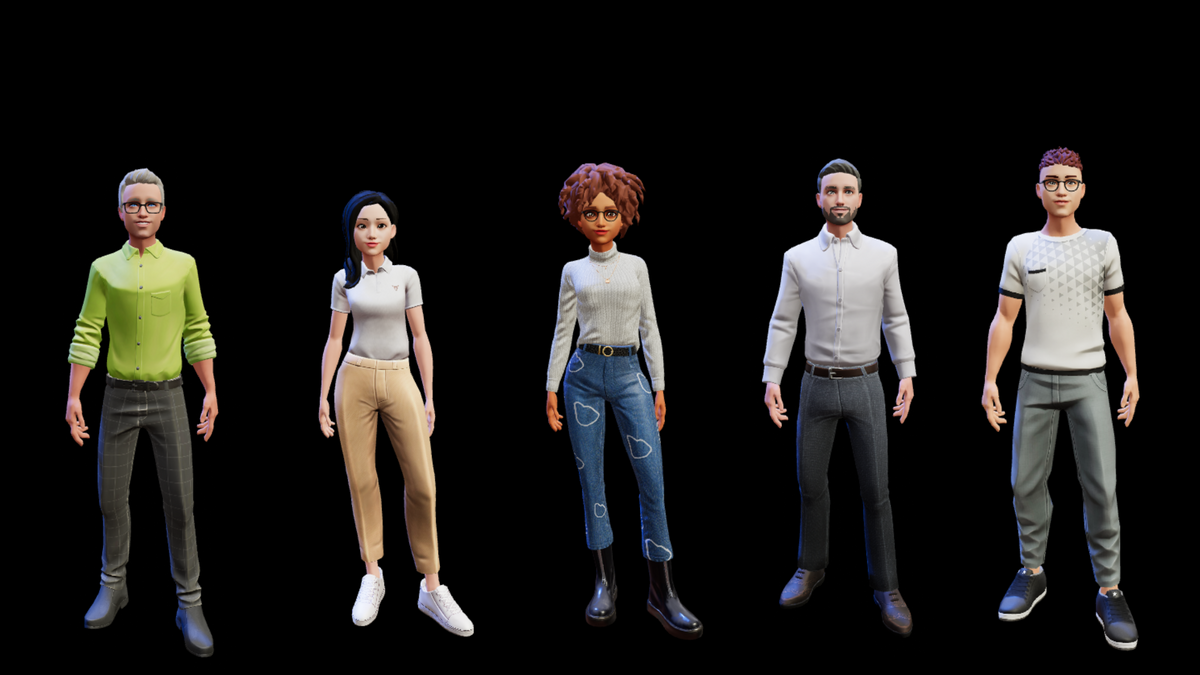Digital Twins' in the Healthcare market is expected to surpass US$ 5.3 billion by 2031
Digital twin technology is rapidly becoming a buzzword across many industries. A digital twin is a virtual model of a physical object or system, which allows for real-time monitoring, analysis, and optimization.

Digital twin technology is rapidly becoming a buzzword across many industries. A digital twin is a virtual model of a physical object or system, which allows for real-time monitoring, analysis, and optimization.
The concept has been around for decades, but recent advances in technology have made it possible to create digital twins that are highly accurate, detailed, and adaptable.
In healthcare, digital twins have emerged as a powerful tool to improve patient outcomes, optimise operations, and enhance research and development efforts. In this blog post, we will explore some of the ever-expanding use cases of utilising digital twins in healthcare.
Patient-Specific Treatment Planning
Digital twins can be used to create a virtual model of a patient's body or a specific organ, allowing doctors to simulate and plan treatments in a risk-free and controlled environment. For example, a digital twin of a patient's heart can be used to test different treatment options for a heart condition, such as arrhythmias or heart failure, before performing the actual procedure. This approach can reduce the risk of complications, shorten recovery times, and improve overall outcomes.
Surgical Training and Planning
Digital twins can also be used for surgical training and planning. Surgeons can practice procedures on a virtual model before performing them on a real patient, which can improve their skills and confidence. In addition, digital twins can be used to plan surgeries in advance, allowing for more precise and efficient procedures.
Predictive Maintenance and Asset Management
Digital twins can also be used to monitor and maintain medical equipment and facilities. By creating virtual models of machines and facilities, healthcare providers can identify potential problems before they occur, optimize maintenance schedules, and improve asset management. This can reduce downtime, improve efficiency, and save costs.
Disease Modelling and Drug Development
Digital twins can be used to create models of diseases and their underlying mechanisms, allowing researchers to simulate and test potential treatments. By analyzing data from real patients and incorporating it into digital models, researchers can gain insights into disease progression and treatment response, leading to the development of more effective drugs.
Personalised Medicine
Digital twins can also be used to create personalized treatment plans for patients based on their unique characteristics and medical history. By creating virtual models of patients, doctors can simulate how different treatments would affect their bodies and select the most effective option. This approach can lead to better outcomes and fewer side effects.
The use of digital twins in healthcare is expanding rapidly, with many potential benefits for patients, providers, and researchers. As technology continues to advance, we can expect to see even more innovative use cases and applications of this powerful tool in the years to come.





